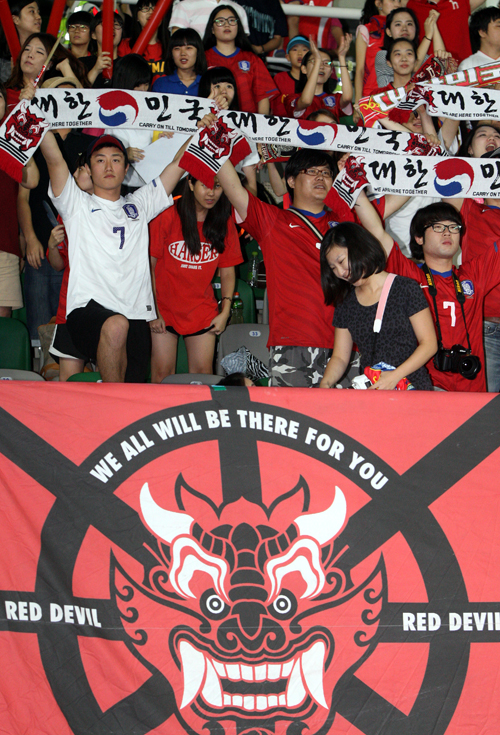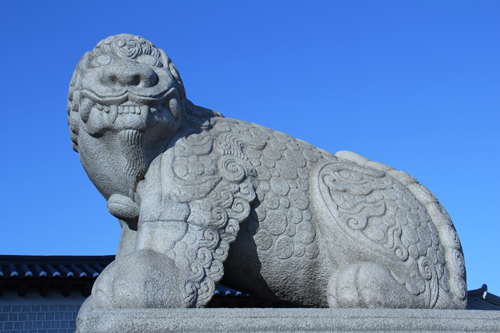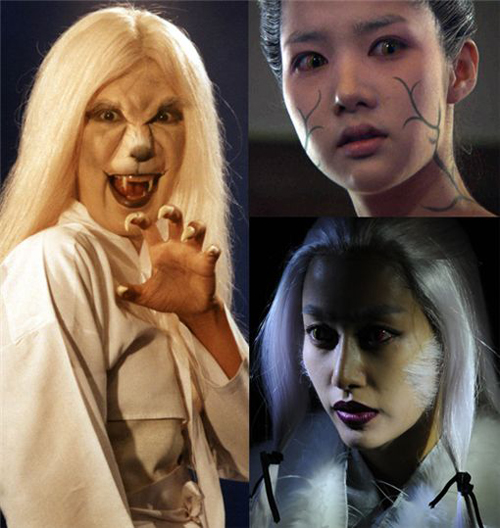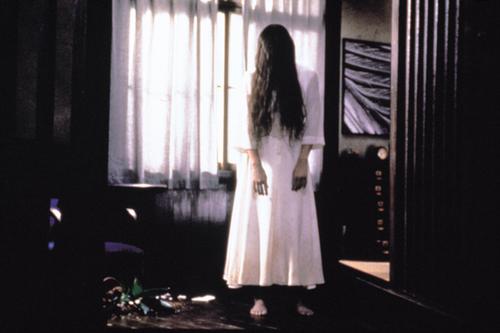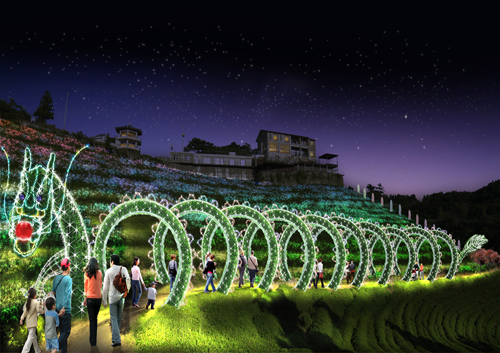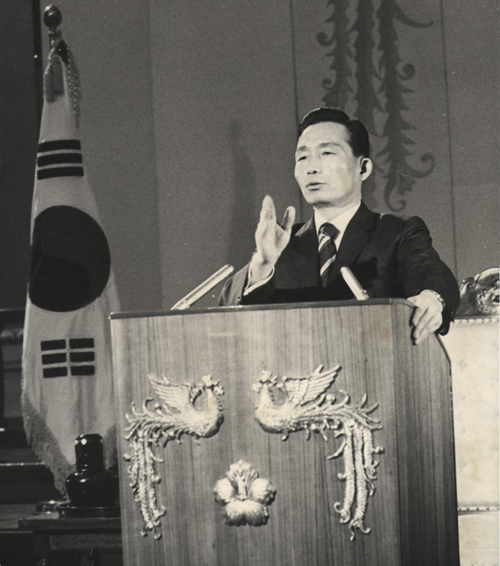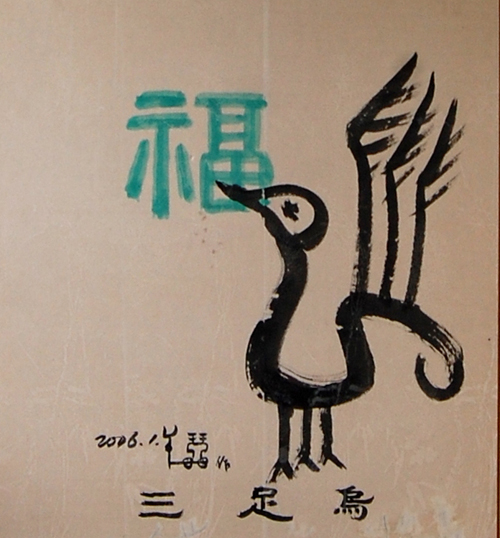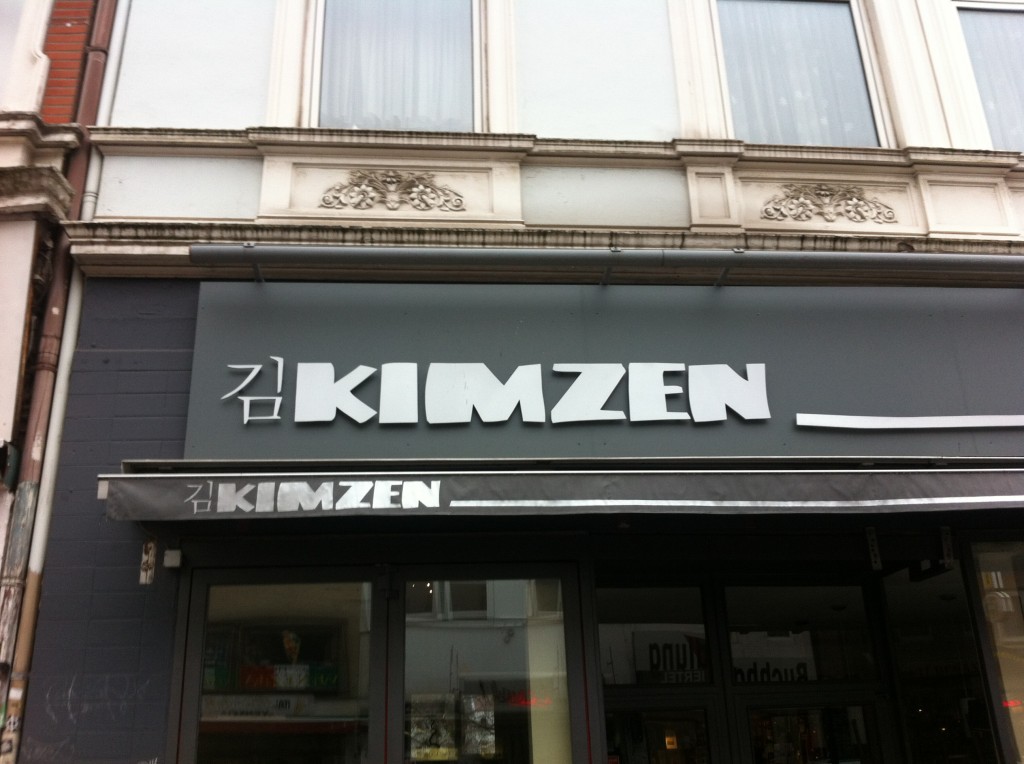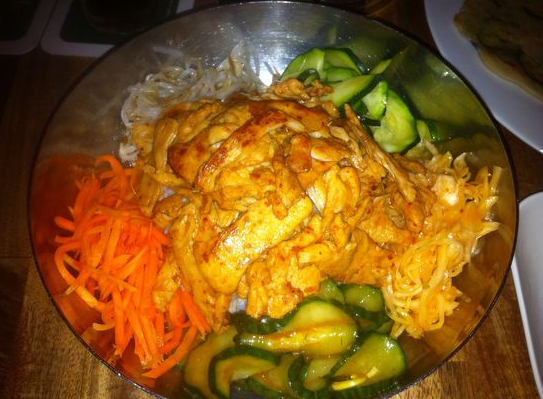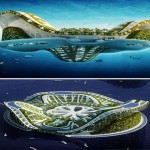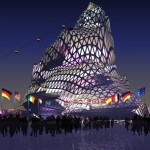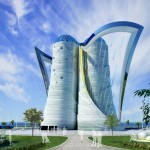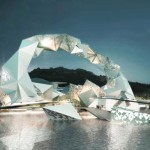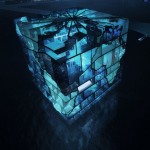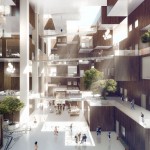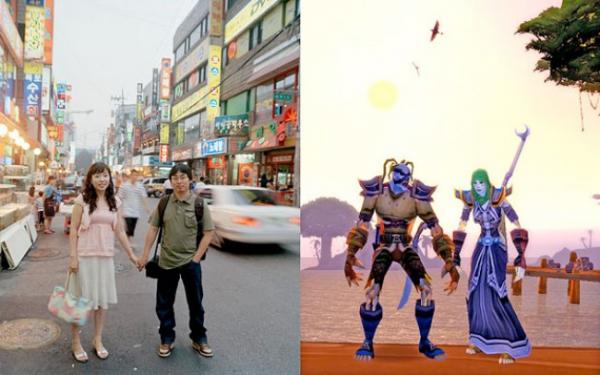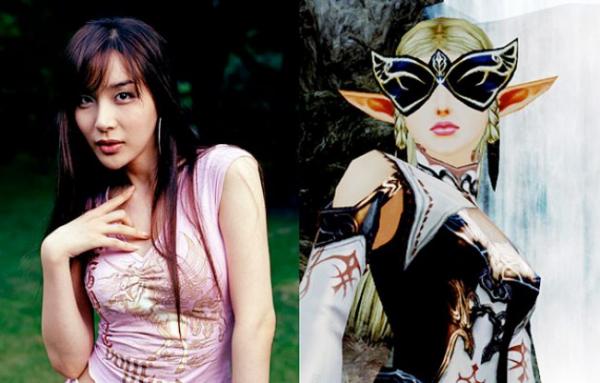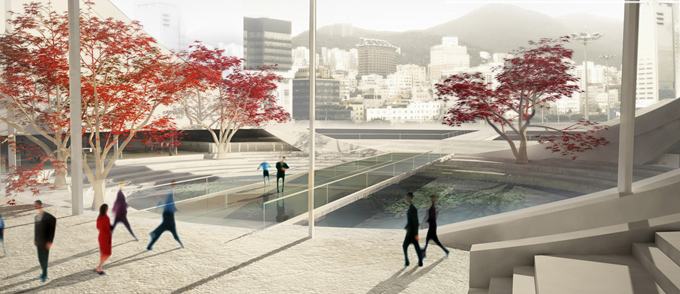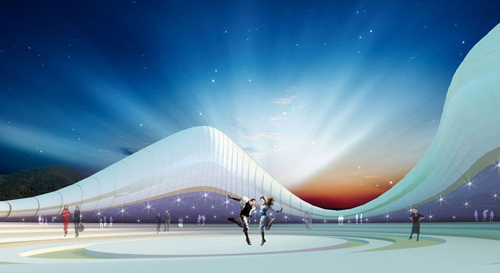A while ago, I was riding around Sowol-gil on the slope of Namsan when I stumbled across what appeared to be a museum on mythical Korean monsters. It made me curious about what other kinds of mythical creatures lie buried in Korea’s past. For instance, the ancient Greeks had their minotaurs and cyclopes, the middle ages had elves and dwarves, every culture had dragons, and even the relatively young culture of North America has Bigfoot and Chupacabra. The more I looked into it, the more I discovered that many of Korea’s legendary beings are still with us. Of course not in real life, but their legends live on in various forms.
Korean legends characterise a variety of mythical creatures, ghosts, monsters, and dragons. Many are derived from Chinese legends, but with their own unique Korean spin.
For the purpose of this monster compendium, I’m going to focus on actual supernatural creature species, rather than individual legendary figures, to focus on the creatures themselves rather than the specific myths they’re tied to.
Dokkaebi
The dokkaebi is a good place to start, as it was the focus of the museum I found up on Namsan. The image of the dokkaebi ranges between a demonic figure and a conventional troll, right down to the club. They are said to have been transformed from inanimate objects, rather than the spirit of someone who has died.
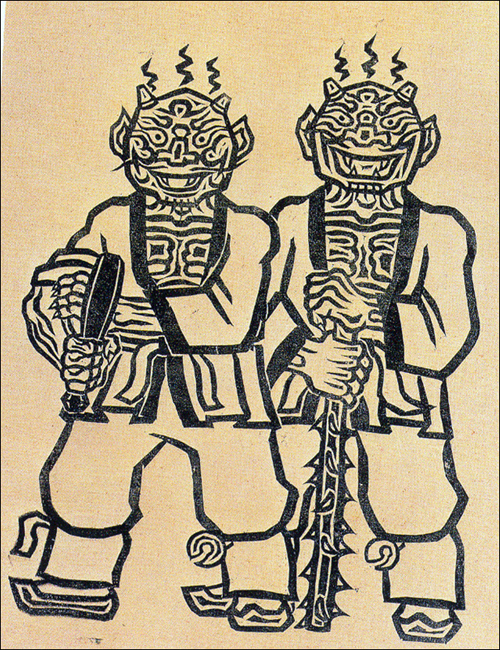
They look like they want to challenge you to a wrestling match.
The dokkaebi is a mischievous creature, fond of practical jokes and games, but also known for rewarding good people. They are generally considered harmless, and have a penchant for challenging others to ssireum (a Korean style of wrestling). If you ever find yourself in a match with a dokkaebi, remember never to push them from the left side, only from the right. According to some stories, they are easily beaten by hooking their leg, as they only have one of those.
Dokkaebi are endowed with a few magical items. The gamtu (감투), or hat, grants them invisibility. Their club, called a bangmangi (방망이), allows them to summon any item they want. However, it cannot create the item out of thin air, thus obeying the Laws of Thermodynamics like a good little magic item; instead, the item is stolen from others. So, not much different from any other club at the hands of a robber, from what I can tell.
I guess owing to their love of games, the dokkaebi were a natural choice when it came to pick a mascot for the Red Devils, the official support group for the Korean national football team. The face is modelled after Chiwoo Cheonwang, an influential figure in Korean and Chinese mythology who stood as a figure for victory and guardianship.
The Red Devils mascot is based on a type of dokkaebi (photo: Yonhap News).
Haechi
The haechi should be recogniseable to anyone who’s been to Seoul, as it’s been the city’s symbol since 2009. It is romanised many different ways, with the Chinese version xiezhi (sure to give any Scrabble player a heart attack), and the more Korean haetae, or Haitai. You might recognise that last one as the confectionery and beverage company of the same name.
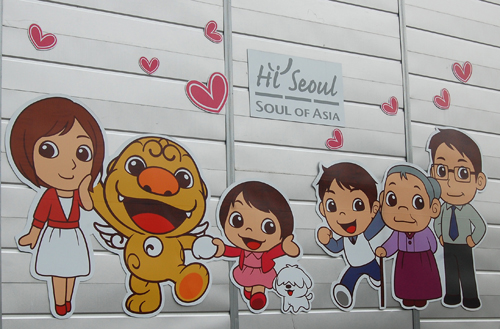
Warning: don’t let your kids play with a haechi.
The haechi originally was an animal, sort of a hybrid between a lion and a watchdog, with a horn in the center of its head. Often symbolising justice, it was a common decoration of old Chinese and Joseon architecture.
Said to eat fire, they are places at the entrances to buildings and palaces to prevent them from burning down. During the construction of Gyeongbok Palace, geomancers predicted that the “yang” energy from Gwanak Mountain across the river would bring disaster to the nation, so the haechi statues were built to cancel out this bad mojo.
A haechi statue sits in front of Gyeongbok Palace, protecting the nation from Yang energy (and small children).
They protect against not only fire natural disasters but also all disruption or disruptive change, with their large mouths said to latch onto the past, refusing to let go. For that matter, they are known to eat children as well, which anyone who’s ever flown in economy class with a crying baby the whole flight will probably see the logic to.
Gumiho
In this list of supernatural creatures, I’m comfortable rating the gumiho (or nine-tailed fox) the third most popular, mainly due to their appearance in the 2010 TV drama “My Girlfriend is a Nine-Tailed Fox.” Sounds like a particularly uncomfortable episode of Maury Povich.
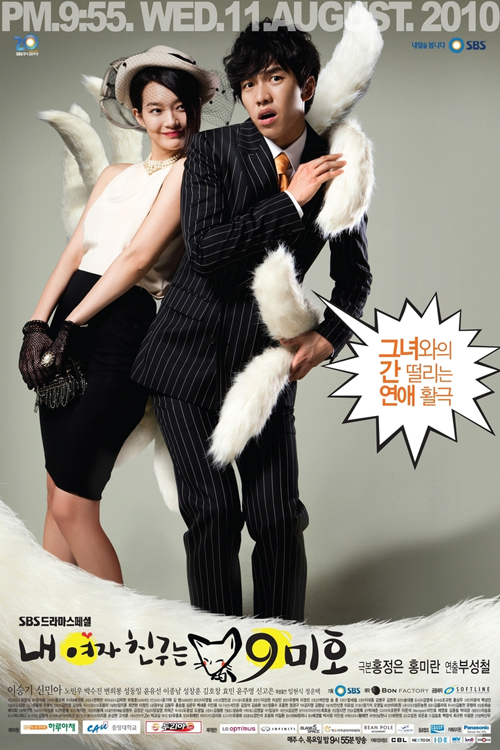
Michelle Bachmann’s worst nightmare?
A gumiho is said to be a fox that has lived 1000 years, after which it gains the power of shapeshifting. They most often choose to transform into the form of a beautiful girl, and are rumoured to seduce men for the ultimate goal of eating their livers, or in some stories hearts. Although, it should be pointed out, in My Girlfriend is a Nine-Tailed Fox this is revealed to be a rumour that ruined the main character’s reputation and kept her from landing a husband. Of course, she was still encouraged to drink blood, and told that her boyfriend must die after 100 days.
In more traditional stories, the gumiho retains more of its foxlike nature, with some stories depicting them as more of a half-fox half-human, or were-fox. Despite the existence of tales (and SBS dramas) depicting the gumiho as good, or even as naive beings being exploited by evil humans, they have gained a reputation for being evil, sometimes feral beasts, depicted seducing men or robbing graves to eat the hearts of the recently deceased. In one story, the gumiho transforms into a male form in order to seduce a woman.
Actresses depicting gumiho, from left clockwise: Noh Hyeon-hui, Park Min-young, Jeon Hye-bin
The gumiho has been depicted in Korean media numerous times; as well as the SBS drama they’ve been the center of the 1994 film The Fox with Nine Tails, the 2006 musical comedy The Fox Family, and the 2007 animated film Yobi, the Five-Tailed Fox.
Chollima
The Chollima is one of the more straightforward creations of Korean legend, as it can be very easily likened to the Greek Pegasus. The name means “1000-ri horse,” with “ri” representing a traditional unit of measuring distance. Due to conflicting definitions, the ri is either 393 meters or 2927 meters, the latter which was adopted by Korea during the Japanese imperial era, so I’m going to guess they’re referring to the first one. Thus, the Chollima could travel 393 kilometers in a single day, which is approximately the north-south length of the entire Korean peninsula.
According to the original legend, Chollima was a winged horse who wanted to be tamed. Having found no one able to tame him, he flew up into the sky. These days, the romanisation “Cheonma” is highly favoured, which can be found on anything from cement to soccer teams.

Cheonma as depicted on logos for: Seongnam FC, Chungnam Women’s FC, Cheonma Cement
However, Chollima is a far more influential figure in North Korea, where state propaganda brought him back to Earth and depicted him being tamed by the proletariat.
An impressive 46-meter-tall statue of Chollima was built in downtown Pyongyang, depicting the winged horse carrying on his back a worker holding a Korean Workers Party address and a woman carrying rice. The Chollima has lent its name to a Pyeongannam-do (South Pyeongan Province) county, as well as the national soccer team, a movie studio, and even North Korea’s 1956 answer to China’s Great Leap Forward, intended to promote rapid economic development (wanna guess how that worked out for them?). The name elicits great speed, and has been used as a slogan or cheer directed at soccer players or workers. After the Korean War, the North Koreans started using the slogan “Charge forward with the speed of Chollima!” Today, Chollima is greatly significant in North Korean public discourse, reminding them to devote their lives to hard work.
I think perhaps the image of Chollima as essentially Pegasus is a modern conceit, as older descriptions have wings on Chollima’s ankles.
Gwishin
Technically gwishin belong to a different category from the other entries here, which are all considered monsters while gwishin is essentially the ghost of someone who died. However, their image is striking and easily identifiable, and I’ve been taken aback by the strength of the belief so many Koreans have in ghosts, which are imagined to be found almost everywhere.
You can see gwishin all over Korean horror movies, and the Japanese version of the image went global thanks to the 1998 film The Ring.
A cheonyeo gwishin was depicted in the 1999 Korean film Ring Virus, based on the Japanese book.
The idea of a gwishin is very similar to western conceptions of ghosts: they are the restless souls of the dead who refuse to move on, usually because of something they haven’t completed. In most stories their motivation is revenge, but there can be other reasons. Also like western ghosts, most gwishin are depicted as floating, legless, and translucent. They may move objects around, and their presence is accompanied by an eerie feeling, a light breeze, or a cold sensation, very much like western ghosts.
Gwishin are usually women or girls with long black hair, and most commonly they are depicted wearing white funerary clothes. The most common type of gwishin is the cheo-nyeo gwishin, the departed soul of a maiden, but there is also mool gwishin, which I think is the ghost a of drowning victim, mongdal gwishin, the ghost of an unmarried man, and dalgyal gwishin, which is said to have a featureless egg for a head for some odd reason, and perhaps is just more like a basic ghost image like what you’d see in Pac-Man.
Korean Dragons
Like pretty well every country, Korean legends make mention of dragons. Although Korea’s dragons are comparable to Chinese dragons, there are a few factors that make Korean dragons unique.
Korean dragons are associated with water and agriculture, a benevolent force often said to summon rain and clouds. Unlike European dragons which generally breathed fire and lived in caves, Korean dragons lived in bodies of water and helped humanity. Some dragons were even said to be sentient, capable of understanding complex emotions.
The azure dragon is the guardian of the East.
In artwork depicting dragons, it’s common to show the dragon clutching an orb known as Yeouiju, which was said to grant its bearer omnipotence. Only dragons with four claws could possess an orb, and lesser three-clawed dragons lacked the opposable thumbs to hold onto it.
At the Boseong Green Tea Plantation, a dragon is depicted holding the Yeouiju in its jaws (photo courtesy of Boseong County).
Most dragons were originally imugi, a type of lesser or juvenile dragon resembling a giant serpent. An imugi would become a dragon if it caught a Yeouiju falling from heaven.
Like Chinese mythology, Korea has its own polar guardians, but if you’ve seen D-Wars, you’ve probably had enough of dragons.
Bonghwang
The bonghwang is a mythical bird of East Asia that is said to have dominion over all other birds. It’s a major part of Chinese mythology, often even replacing the rooster in the Chinese zodiac.
In Korea, the bonghwang has appeared on the royal emblem, and more recently the presidential emblem, and there is a statue of it at Cheong Wa Dae.
The presidential logo, seen here on President Park Jeong-hui’s podium, depicts two bonghwang facing each other (photo: Yonhap News).
The bonghwang is composed of the beak of a rooster, the face of a swallow, the forehead of a fowl, the neck of a snake, the breast of a goose, the back of a tortoise, the hindquarters of a stag, and the tail of a fish. Modern variations also splice in parts from the golden pheasant, mandarin duck, peacock, crane, and parrot.
Samjoko
Probably the most confusing of all these creatures, the three-legged crow known as samjoko seems the most like it just shouldn’t exist. But during the Goguryeo Dynasty, the samjoko was considered a symbol of power, superior to both the dragon and the bonghwang. In East Asian mythologies, the three-legged crow is a symbol of the Sun and is said to live there.
It remains as a symbol of the Goguryeo Dynasty, and can still be seen in contemporary Korean historic dramas, such as Jumong.
The three-legged crow
Korea’s mythology is filled with incredible supernatural creatures, and I’d love to see more of them brought forward into the modern world, much the way the gumiho has been, or other famous movie monsters in the western world such as vampires and werewolves. I’d love to see more movies do to Korea’s mythical creatures what films like Buffy the Vampire Slayer, Ginger Snaps, and Twilight (okay, maybe let’s forget that one) have done for vampires and werewolves. Have I missed any other supernatural Korean creatures? Please let me know.
Source: http://blog.korea.net/?p=6272
Published by: JonDunbar On December 16th 2011

